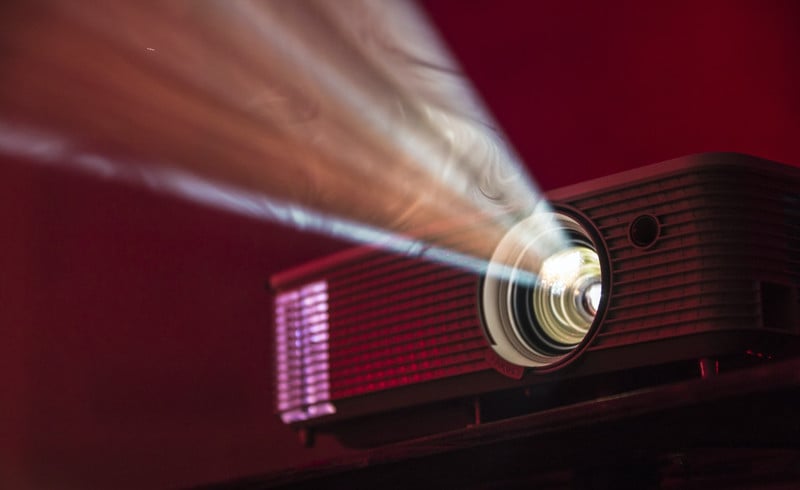

The process of image projection involves both refraction and reflection. To understand this, let’s delve into how projectors work.
When using a projector, the light from the source passes through the internal lens of the projector. This is an example of light refraction, where the direction of light changes as it passes through a medium like glass. After passing through the lens, the light projects an image onto a surface, which is achieved through light reflection. This reflection happens when the projected light bounces off the surface and reaches the viewer’s eyes.


However, if the projector uses a rear projection setup, the concept of light reflection is absent. Instead, the image is formed by manipulating light through refraction and transmission, without any significant reflection involved.
It’s worth noting that the images displayed on the projection surface are usually the result of diffuse reflection, which means the light scatters in various directions. This diffusion has the advantage of being less harsh on our eyes, reducing the risk of eye strain. This aspect contributes to why projectors are often considered more eye-friendly compared to televisions.
In summary, a projector’s imaging process involves both refraction and reflection, where light is refracted through the lens and then reflected off a surface to form an image. The choice of projection setup and the resulting image characteristics can influence how light behaves and interacts with the viewing environment.